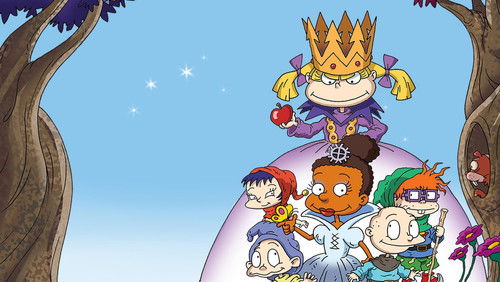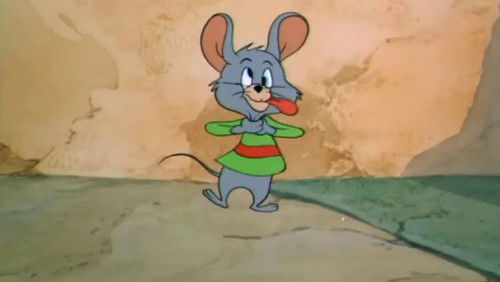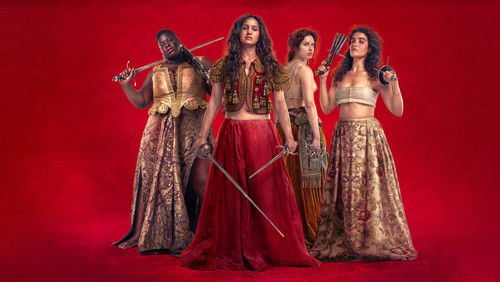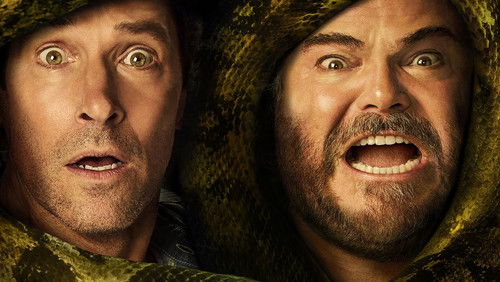Westlich St. Louis (1950)
41KWestlich St. Louis: Directed by John Ford. With Ben Johnson, Joanne Dru, Harry Carey Jr., Ward Bond. Two young drifters guide a Mormon wagon train to the San Juan Valley and encounter cutthroats, Indians, geography, and moral challenges on the journey.
“One of the most poetic narrative films ever made, WAGONMASTER is nonetheless a difficult film to immediately like. I love this movie, but I recommend seeing some of John Fordu0026#39;s other westerns before taking a look at this one. The first time I saw it I was 18 years old and I hadnu0026#39;t seen too many other westerns, and I hated it. I thought it was incredibly boring. I kept waiting for something to happen. It took several years for me to love this picture. First, I fell in love with westerns in general — the traditions, characters, landscapes, ways of talking, etc — and that made me realize when I saw WAGONMASTER again that a lot is happening in it after all.u003cbr/u003eu003cbr/u003eI also was simply a more experienced moviegoer at that point and had learned to appreciate visual storytelling, and to listen to what each image was telling me. WAGONMASTER is a very visual movie by one of the most visual of directors working near the peak of his career.u003cbr/u003eu003cbr/u003eThe movie is a celebration of a way of life, and its subject matter is more emotional and interior than other Ford westerns. Actually, thatu0026#39;s not really as accurate as saying that, rather, it has a lot less exterior action than the other westerns. (The other westerns have exterior action AND interior emotion.) It quite beautifully places its Mormon pioneers in the context of nature. There are many shots of animals and children — not for any surface, narrative purpose, but for illustrating this idea. That is why the movie can be called a poem. It isnu0026#39;t about the surface story (which barely exists) nearly as much as it is about an emotional idea, and it gets this idea across through composition, editing, sound and music. In fact, one could argue that this is a purer form of filmmaking because the images directly express the emotional idea of the film, rather than having to first service a u0026quot;story.u0026quot;u003cbr/u003eu003cbr/u003eGive this movie a chance, and allow it to exist on its own terms, not the terms of other westerns or other movies.”









